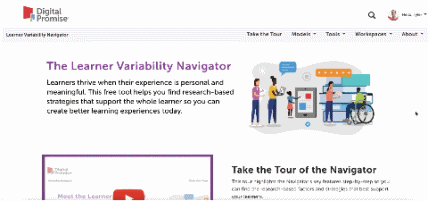Topic
Culturally Responsive Practice

All instruction is culturally responsive. The question is: to which culture is it currently oriented?
Gloria Ladson-Billings
Author of The Dreamkeepers: Successful Teachers of African American Children
What is Culturally Responsive Practice?
Culturally responsive practice considers how to engage students in the learning process, both cognitively and emotionally, through an understanding of how their identity and perspective is shaped by their culture and community experiences (Muñiz, 2019). Though culturally responsive practices often focus on aspects of racial identity, they should encompass many different aspects of a person’s identities including native language, gender, and able bodiedness as well as aspects that may be less visible such as mental health and learning disabilities.
Examples From the Field
These featured resources highlight the intersection of Culturally Responsive Practice and Learner Variability.
Webinar: Sense of Belonging with Teacher of the Year

Culturally Responsive Teaching Guide

Culturally Responsive Practices Workspace
Recommended Resources
Additional resources that you can use to further your knowledge, mindsets, and skills
Go Further With this Topic
References
Muñiz, J.. Culturally Responsive Teaching: A 50 State Survey of Teaching Standards. (New America)
Hammond, Z. Culturally Responsive Teaching and The Brain: Promoting Authentic Engagement and Rigor Among Culturally and Linguistically Diverse Students. Corwin Press. 2014.
















